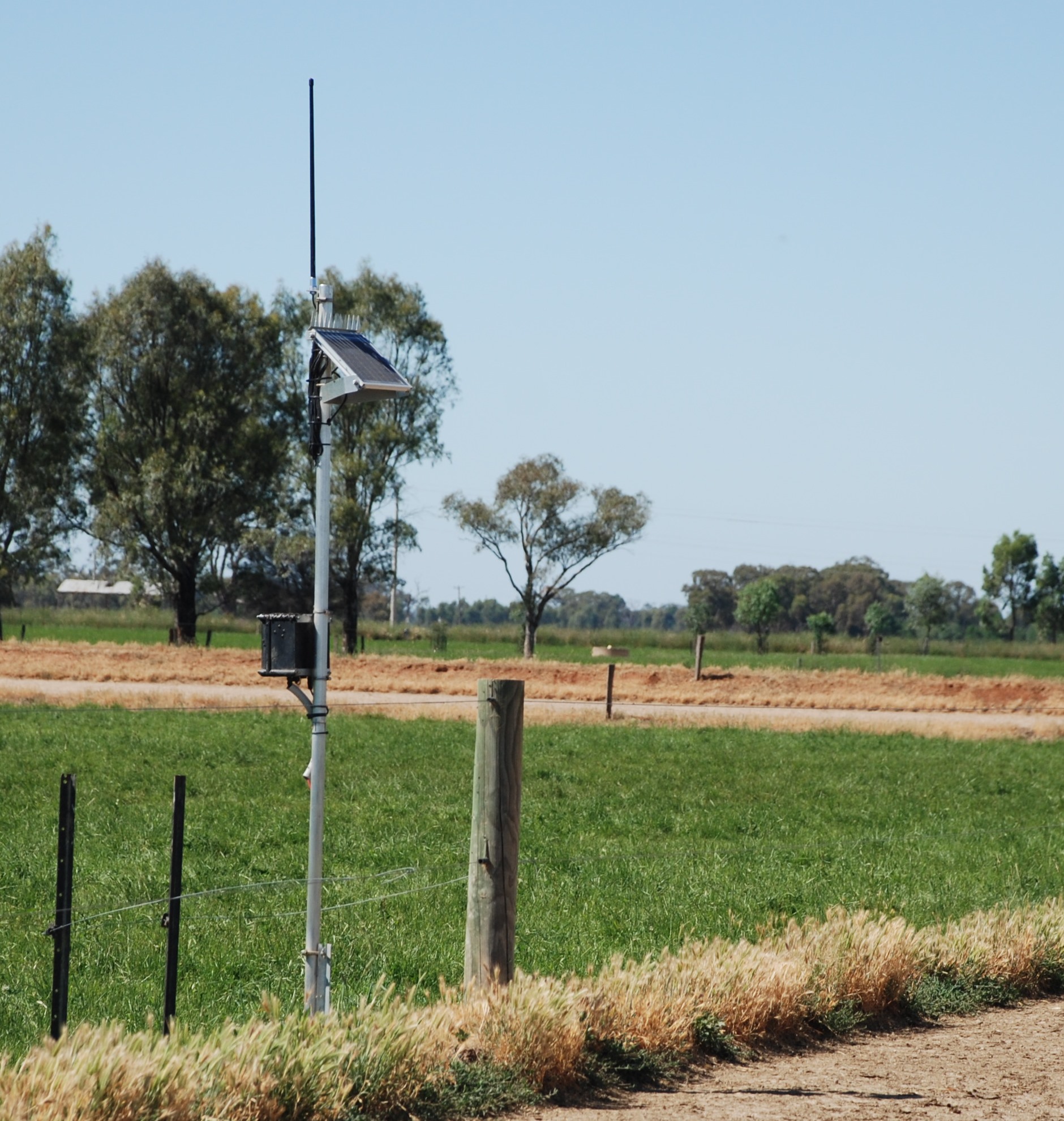The Victorian Minister for Agriculture, Jaclyn Symes recently announced that the amount available for the On-Farm Drought Resilience Grant Program has increased from $5,000 to $10,000. Farmers can access up to $5,000, with 50 per cent co-contribution, for drought infrastructure investments and up to $5,000 for farm business planning activities.
Recent changes to the program have also included additional eligible drought infrastructure investments to now include soil moisture probes, weed control and specific new technologies to improve mobile phone connectivity. For more information on the program and to submit an application contact Rural Finance on 1800 260 425 or ruralfinace.com.au.
Soil moisture monitoring incentives are also available, until August 2020, to eligible landowners through the pilot Shepparton Irrigation Region Soil Moisture Monitoring Equipment program. More details about this program can be found on the Goulburn Broken Catchment Management Authority website.
These soil moisture monitoring incentives are timely given that irrigators now have greater control of water around the farm as a result of irrigation system modernisation and improved farm irrigation layouts. With greater control of water, irrigators can use soil moisture monitoring technologies to achieve even more water productivity benefits.
Soil moisture monitoring provides objective information and helps reduce the guesswork involved in irrigation decision making.
A capacitance probe. These probes are installed in the ground in a representative area of the farm to measure soil moisture at 10cm increments down the soil profile. The soil moisture data is transmitted to your smart phone or other device and presented in a user-friendly graph format.
Soil moisture monitoring trial
Agriculture Victoria in conjunction with Murray Dairy trialled various soil moisture monitoring devices on-farm over a three-year period (2016-2018) under different surface irrigated forages including lucerne, sorghum and pasture.
Key learnings from the trial were:
- Soil moisture monitoring can result in better irrigation scheduling decisions and improved water productivity over the season and it can be a very useful learning tool
- Remote soil moisture monitoring systems (those that transmit data to your smart phone or other device) can make irrigation easier by significantly reducing the labour required for assessing when to irrigate
- Care needs to be taken to install soil moisture sensing equipment correctly and to select a site with a representative soil type
- Like any irrigation scheduling tool, soil moisture monitoring needs to be used in conjunction with other scheduling methods already used on the farm (ideally along with evapotranspiration (ETo) information)
- Ongoing support, coaching and back-up service is essential
- Readings from some soil moisture sensors can be affected by temperature and this needs to be considered when interpreting the soil moisture information.
One of the farmers involved in the trial summed up his experience by saying “I’m happy with the probes. There’s definitely a place for them. They give you more confidence with your decisions.”
Using soil moisture information
The graph below demonstrates the value of soil moisture information for irrigation scheduling decisions. The characteristic saw-tooth pattern created by soil wetting (irrigation and rainfall) and drying is evident.
Typically, irrigators use soil moisture monitoring to assist them to maintain soil moisture in the zone of plant Readily Available Water (RAW) to optimise plant growth. As shown in the graph, this RAW zone was configured for this site to lie between the estimated “Refill point” line and the “Field Water Capacity” line.
In this situation the irrigator regularly used soil moisture data to schedule irrigations over the season with good results. Moisture levels were largely maintained in the estimated ‘RAW zone’, resulting in top yields and efficient water use.
Content sources and further information
Further information on different soil moisture monitoring devices and how to use soil moisture information to schedule irrigations is available in the Soil Moisture Monitoring Fact Sheet, the Soil Moisture Monitoring Technote, or by contacting the author, Rob O’Connor, Agriculture Victoria. Echuca. Ph 0408 515 652.
To find out more about the On-Farm Drought Resilience Grant contact Rural Finance 1800 260 425.
For more information about available drought and dry seasons support visit agriculture.vic.gov.au/dryseasons, email [email protected] or call 136 186.



